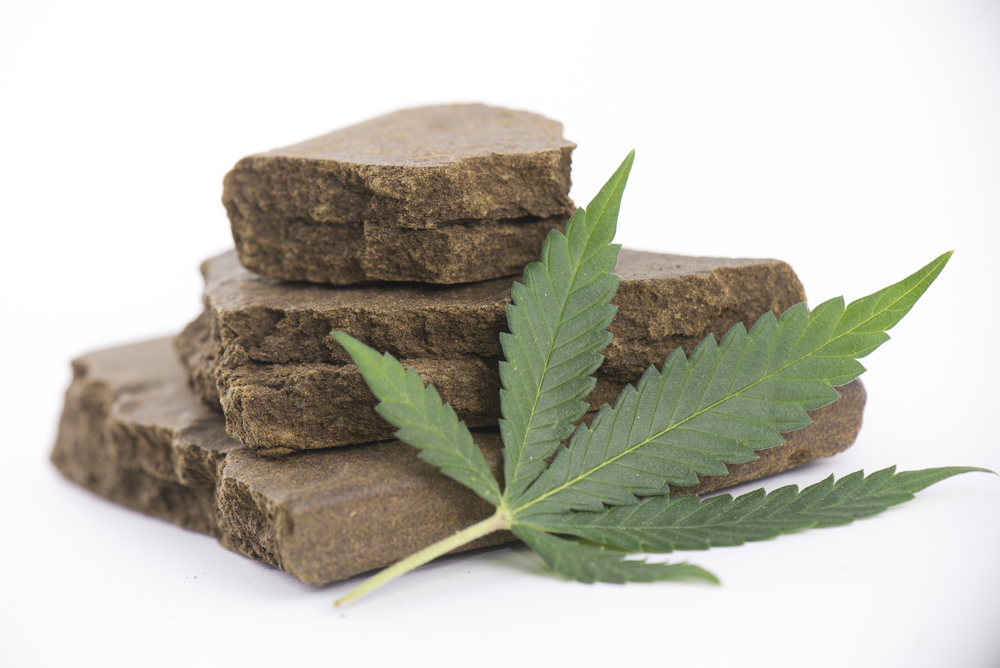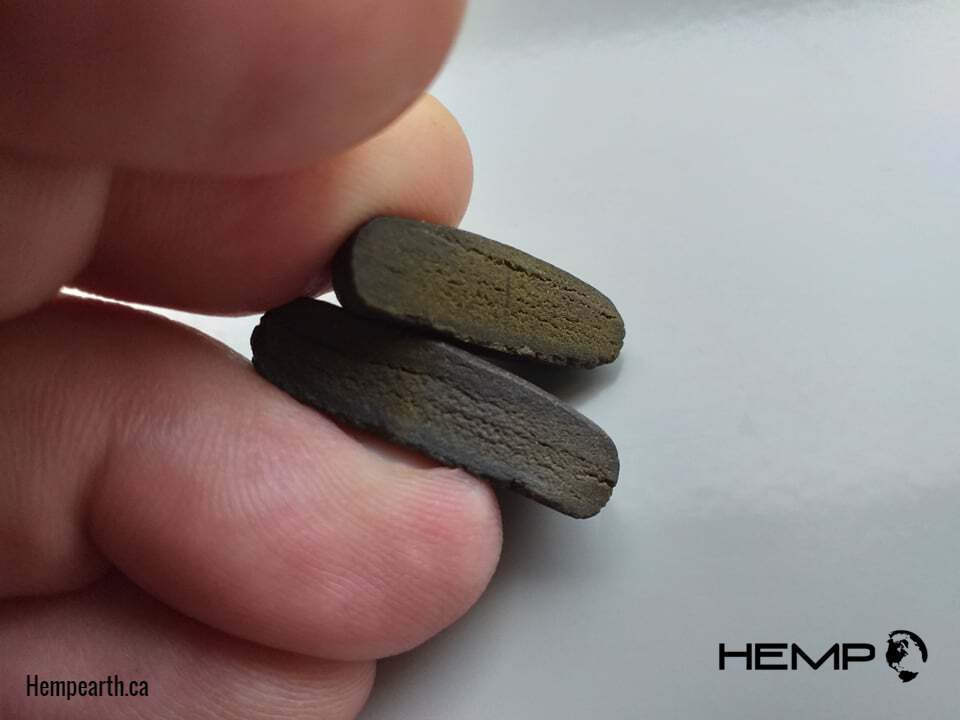Hash has, for thousands of years, been the cannabis-derivative of choice for poets, artists, and musicians. Its effects – often, a heavy body buzz paired with enervating mental lightness – lend themselves well to playing music and philosophizing about the nature of life, the universe, and everything. But many people still don’t understand what makes hash unique, and the ways its history has diverged from that of garden-variety bud.
1. It’s got a crazy, colorful history
Hashish was featured in the manuscript One Thousand and One Nights, also known as Arabian Tales, which date back to the tenth century. Between 1000 and 1200 AD, about the Persian assassin al-Hassan ibn-al-Sabbah using hash to enlist the aid of young men into his private army – as a result, some scholars claim that the name “hashish” traces back to the word for “assassin.” By 1300 AD, Marco Polo had heard stories about hashish-using assassins and took these tales back to Europe. Currently, most of the world’s hashish comes from Morocco – other source countries include Afghanistan, Nepal and India.
2. There are tons of different ways to make it
While all hash is made from gathering, heating and compressing the crystals (trichomes) off marijuana plants, varieties of hash are as diverse as the people who enjoy it. Some of the most popular types? Bubble hash, which can be soft and moist, or unpressed and sand-like; solvent reduced, made by soaking plant material in acetone or alcohol; butane hash oil (BHO), which is made by passing butane over marijuana buds and plant material; and kief, made by shaking marijuana over fine screens (and which, while some would argue it isn’t true hash, still does the trick.)
3. Each type is different
As the Schaffer Library of Drug Policy describes, “the effect of smoking hash can differ from the parent plant […] Hash made only from the heads of the stalked glands is very potent, and can create an uplifting high similar to a vaporizer hit, though deeper and more persistent. As more stalks are added to the hash, the character of the high changes in various ways, though typically good hash has a strong initial rush and a mild, soft letdown.”
4. It’s a favorite of literary greats
Poets and writers from Samuel Taylor Coleridge, to Victor Hugo, Alexandre Dumas, Cautier, De Quincy, Balzac, Baudelaire, and John Greenleaf Whittier were all known hash enthusiasts. Hash-smoking imagery – who could forget that hookah-smoking caterpillar? – influenced Lewis Carroll’s Alice in Wonderland and Through the Looking Glass. In the early 1860s, Mark Twain’s best friend and mentor was cannabis advocate Fitz Hugh Ludlow, who wrote The Hashish Eateer. Ludlow extolled hashish eating as a wondrous and magical adventure, but warned strongly against over-indulgence.
5. It’s been used as medicine for thousands of years
As early as 2637 BCE, the founder of traditional Chinese medicine Shen Nong praised the healing powers of cannabis: from that time onward, hashish and cannabis were prescribed to solve issues ranging from the pain of childbirth to insomnia. In America, hash and cannabis continued to be the second-most widely used medicinal substances in America until 1901 when they were replaced by aspirin.
6. Hash candy was once super-popular
The Gunjah Wallah Company made maple sugar hashish candy starting in the 1860s; for 40 years, it was sold over the counter and advertised in popular magazine and apers, as well as being listed in the catalogs of Sears-Roebuck, as a totally harmless, delicious and candy. Here’s a vintage newspaper ad for the sweet treat, discontinued in the early 20th century. Too bad; sounds tasty.






